Meta's Imagine AI Image Generator - The Good, Bad and Ugly
Facebook Meta has a new AI image generator called Imagine. Imagine that!
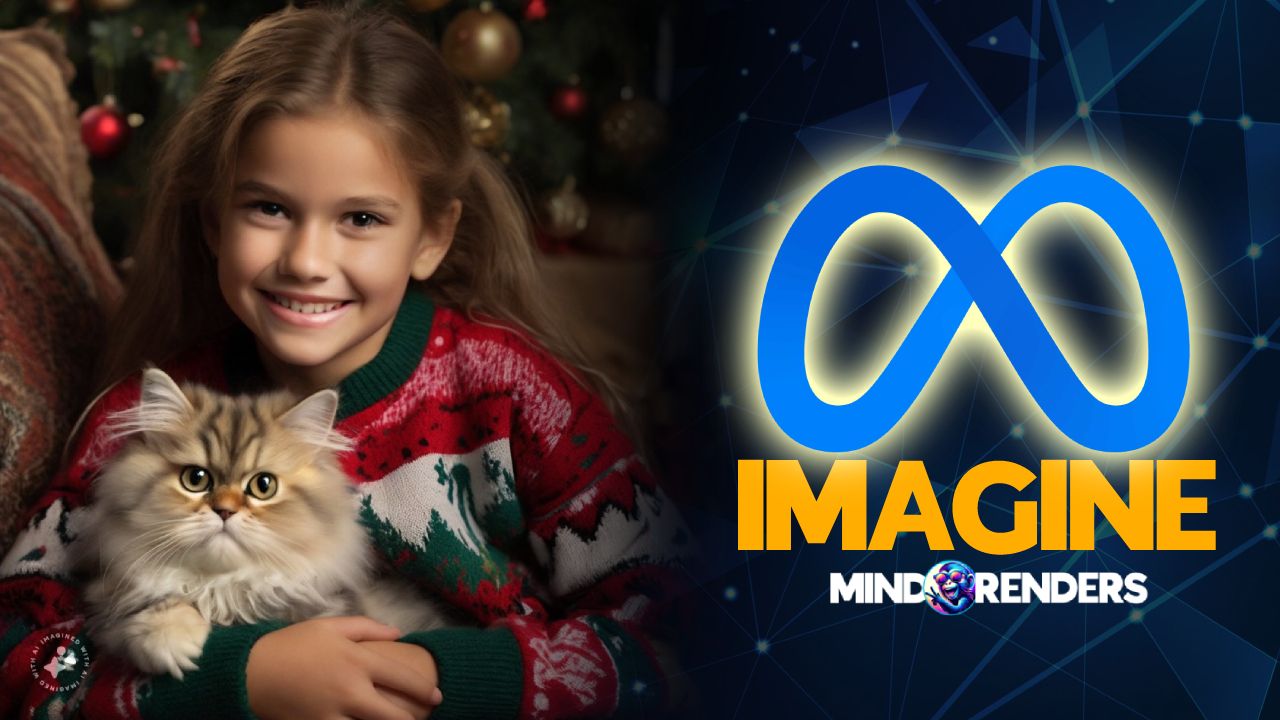
Last week, Facebook/Meta unveiled their AI image generator named Imagine, and interestingly, it's currently available at no cost. Let's take a closer look and explore how it works and what some of the pros and cons are.
What is Meta Imagine?
Meta Imagine is Facebook's new AI image generator that allows anyone with a Facebook account to generate free images.
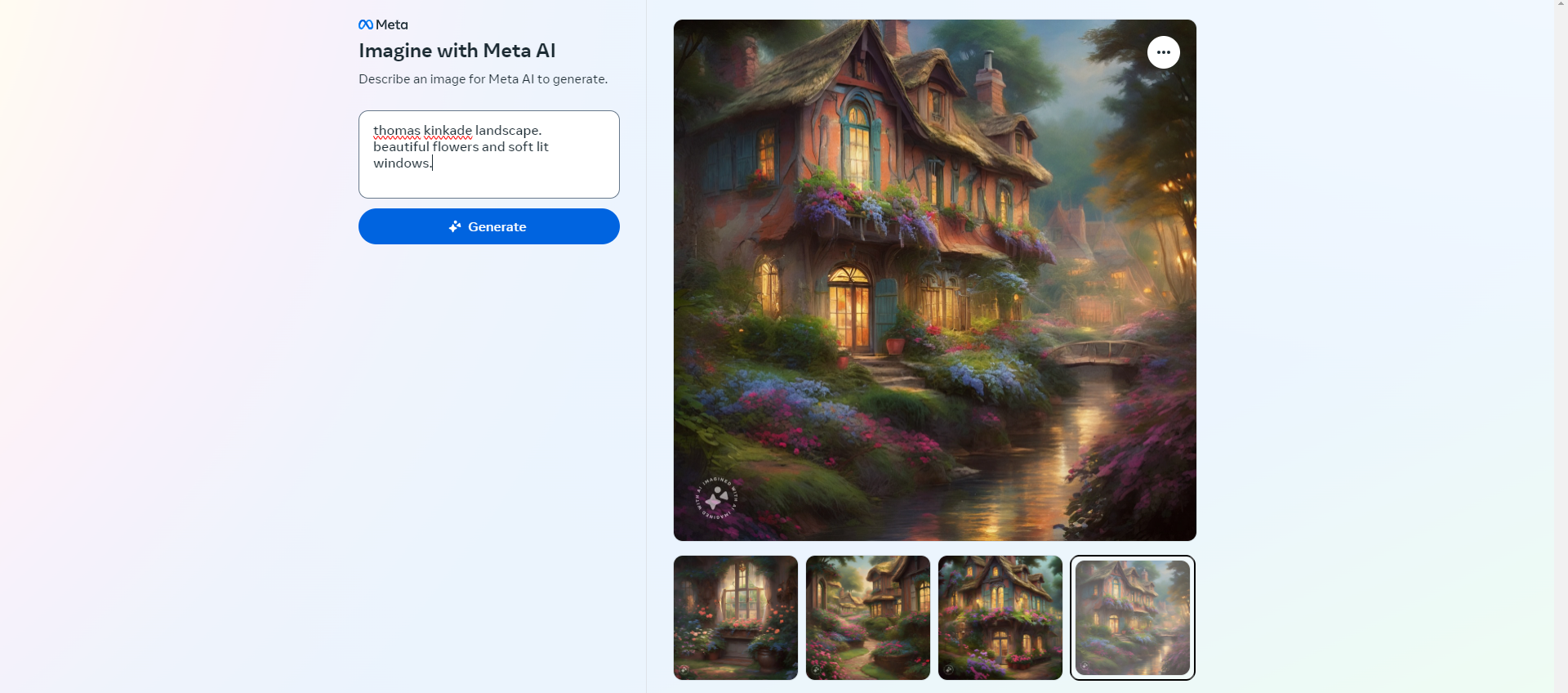
The Good
Free to use: Meta Imagine, the new AI image generator from Meta, offers free access to its services, but there's a catch: you need to have a Facebook or Meta account to use it. For those who already have a Facebook account, don't worry, your existing account will be automatically converted into a Meta account. This unified account will not only let you use Meta Imagine but also give you access to other Meta platforms and services. So, if you're curious about this new tool, just log in with your Facebook credentials, and you're all set to explore Meta Imagine.

Ease of use: The design of the Meta Imagine AI image generator is straightforward and user friendly, focusing on simplicity. Users are provided with a space to enter a prompt, but beyond that, there are no additional controls or settings like filters. This approach ensures the tool is extremely easy to use, even for those with no prior experience in image generation.
Fast output: The Meta Imagine AI image generator is impressively speedy, delivering images in just a few seconds. Its rapid output capability makes it a great choice for those needing quick visual content.
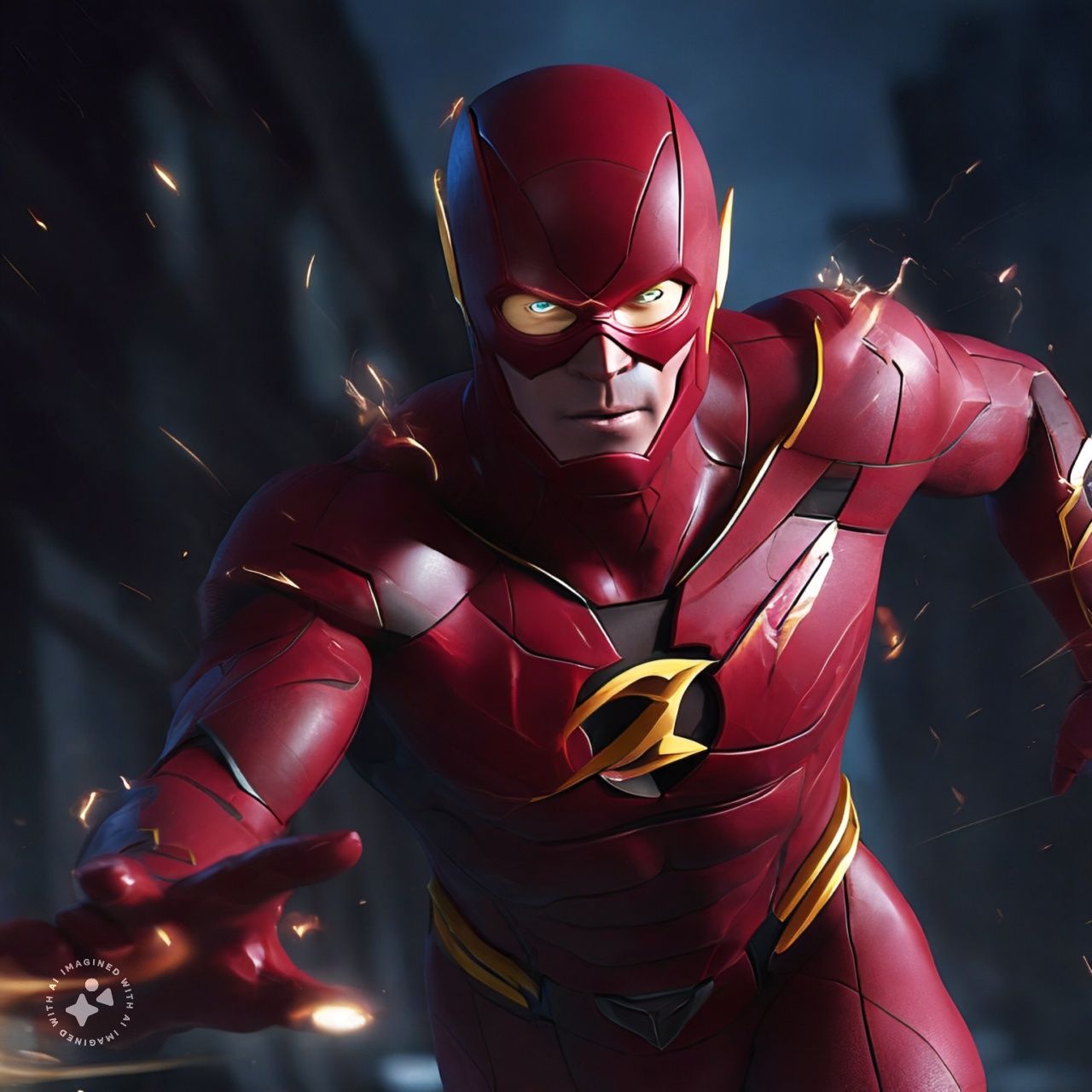
Image quality: The Meta Imagine AI image generator's rapid output speed does have its downsides. While it's efficient in generating images quickly, the quality of these images can vary greatly. This is especially evident in images depicting people or characters with eyes, where the results can sometimes appear odd or distorted. When compared to open-source tools like Stable Diffusion, Meta Imagine doesn't quite measure up in terms of detail in quality but it's almost there!
I was pleasantly surprised when I ran a prompt to generate these images.
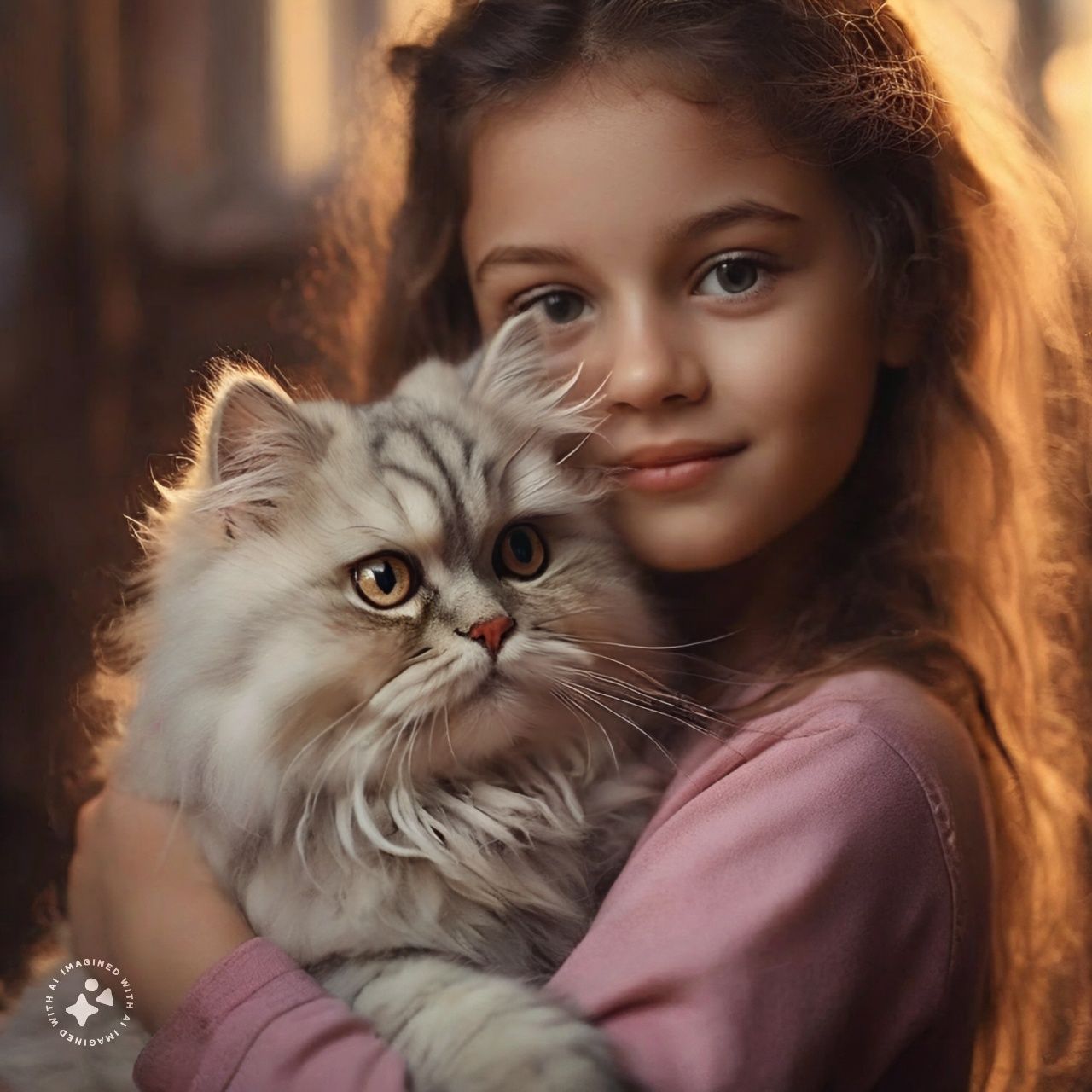
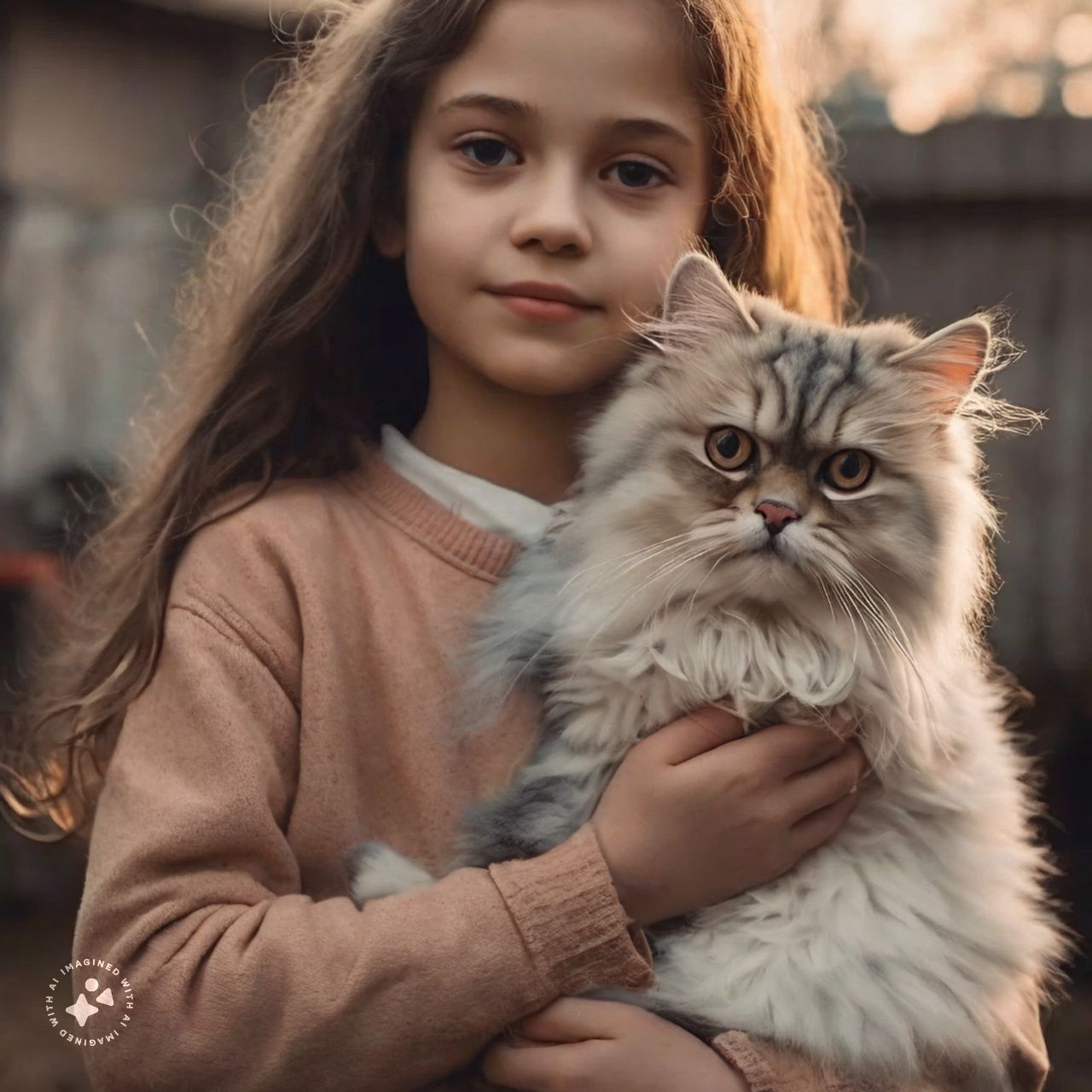
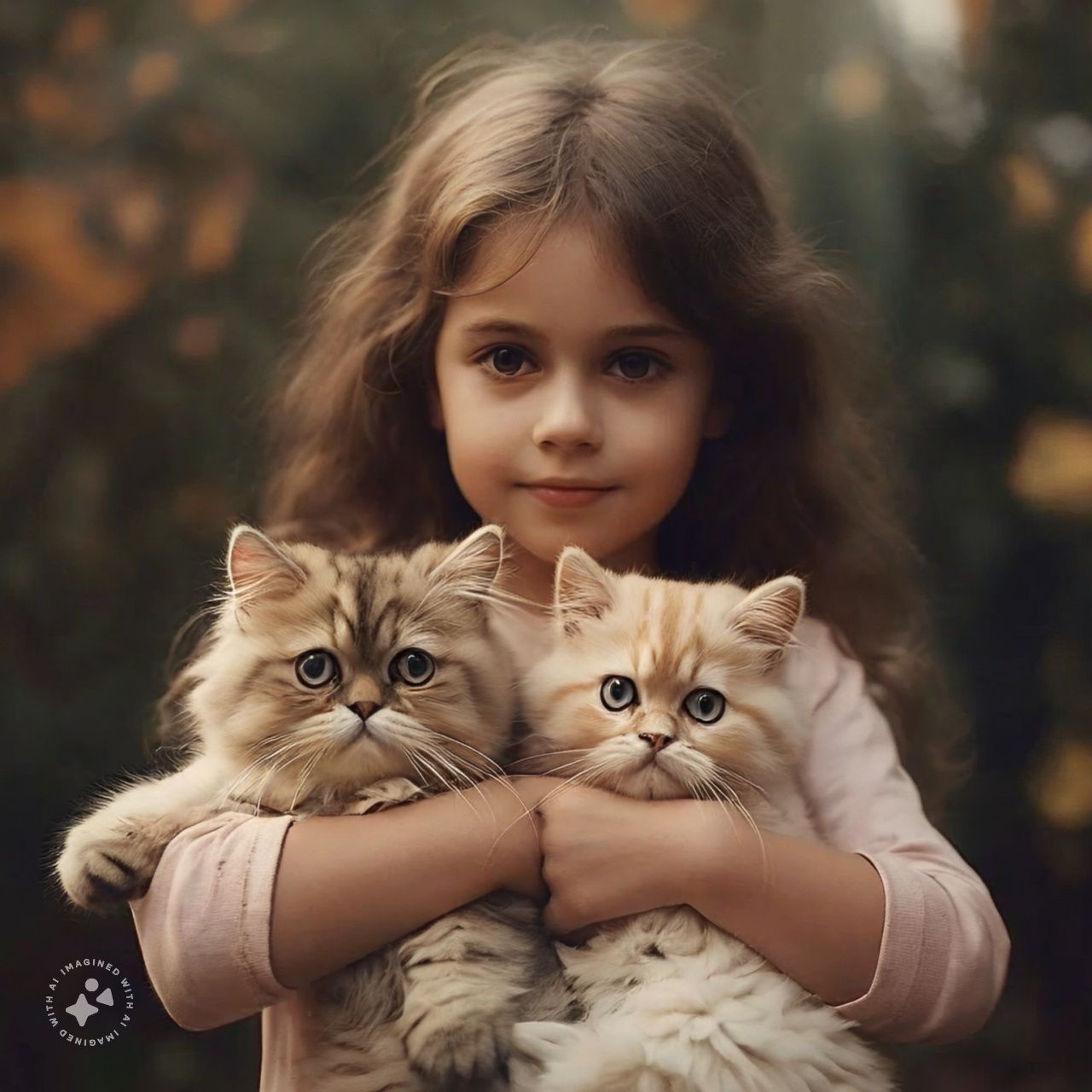
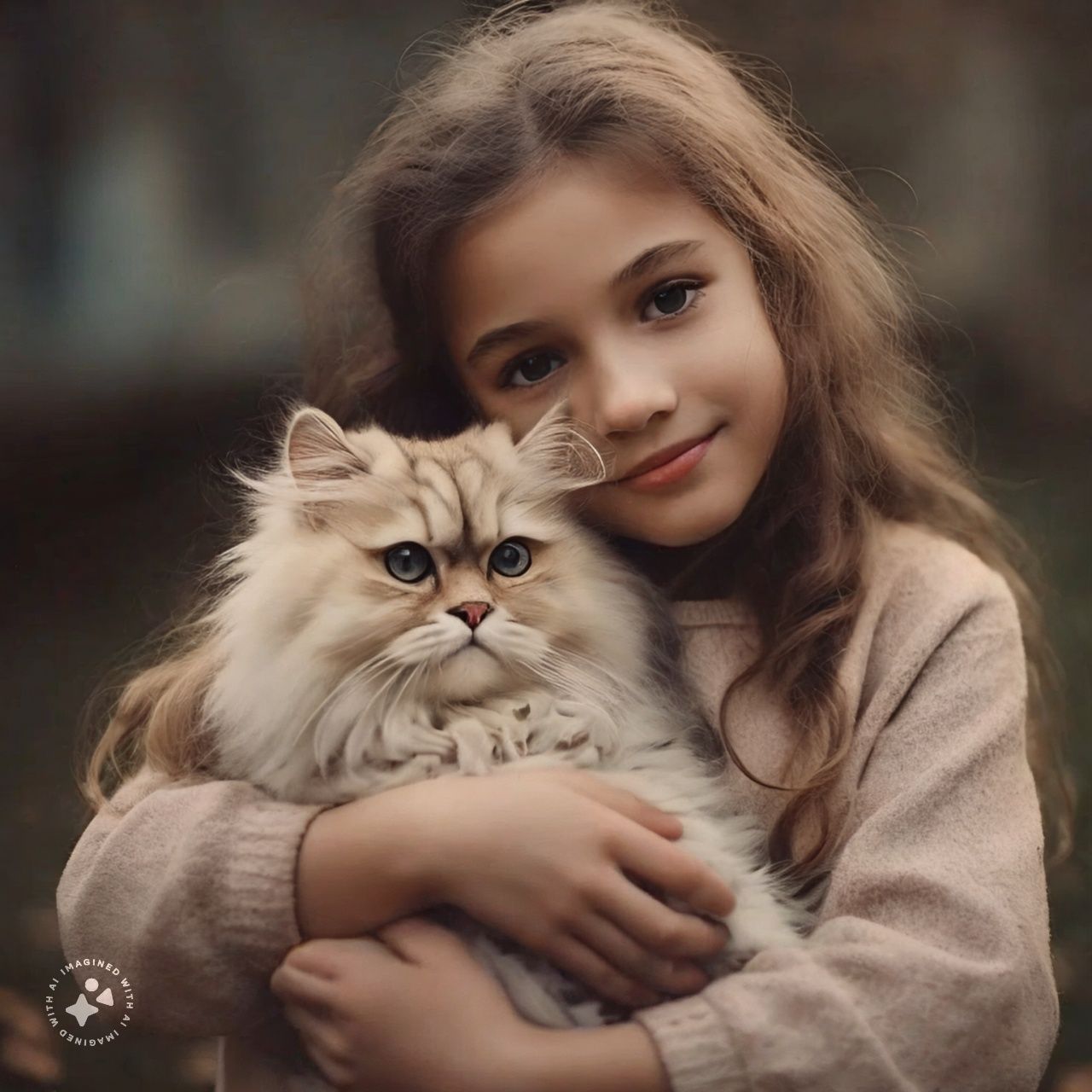
A Caucasian girl holding a Persian cat.
I added a bit more detail to the prompt and ran it again to see how it would handle the process.
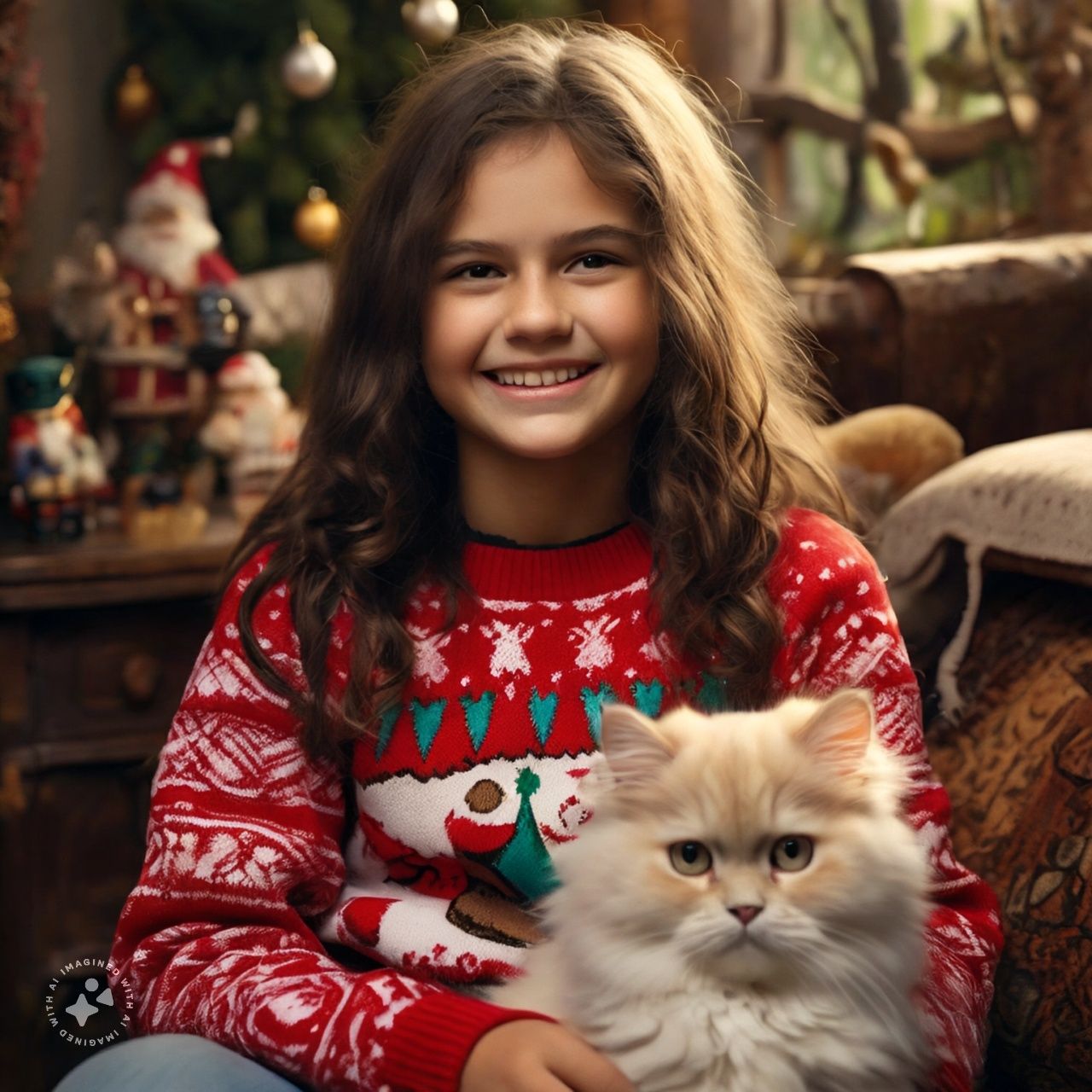
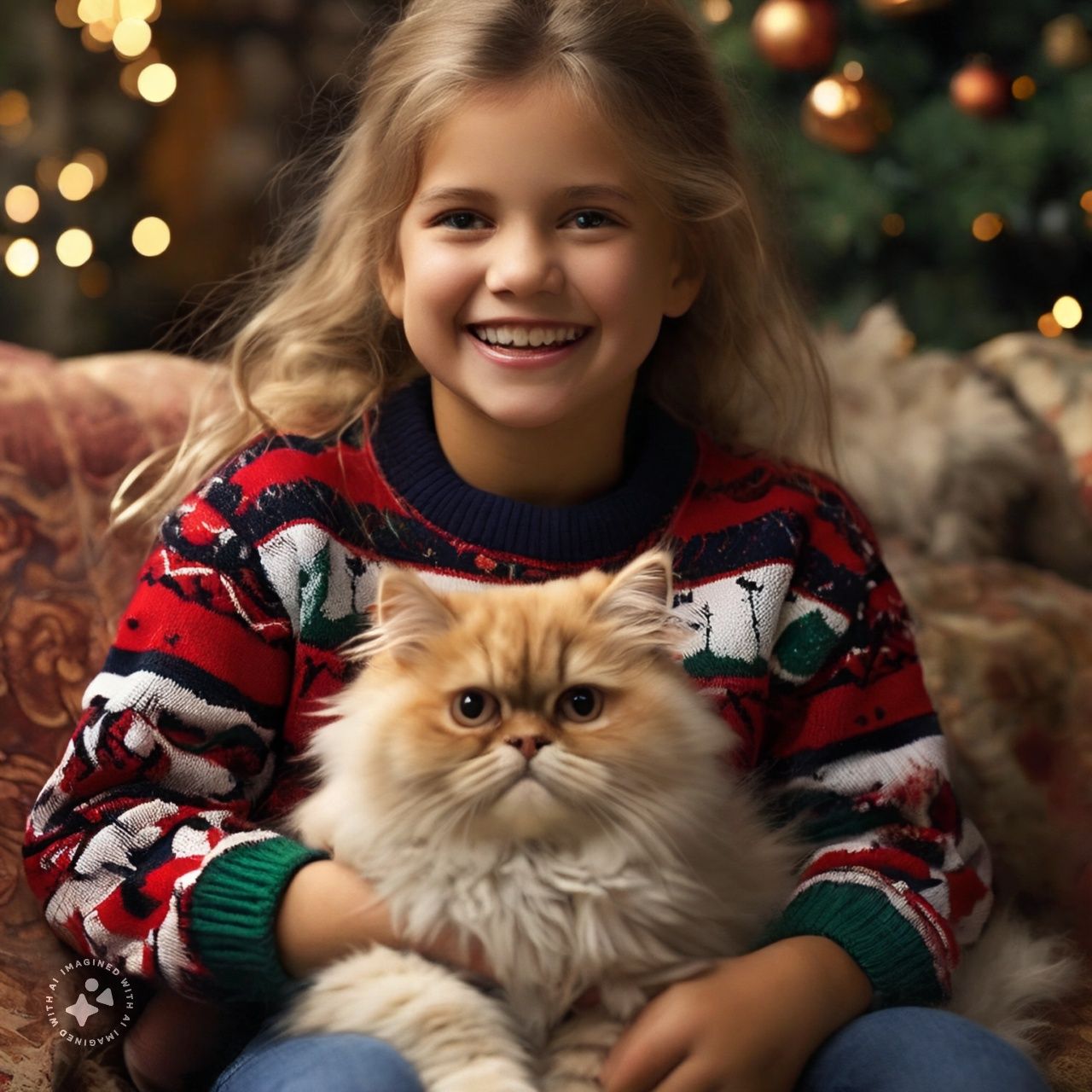
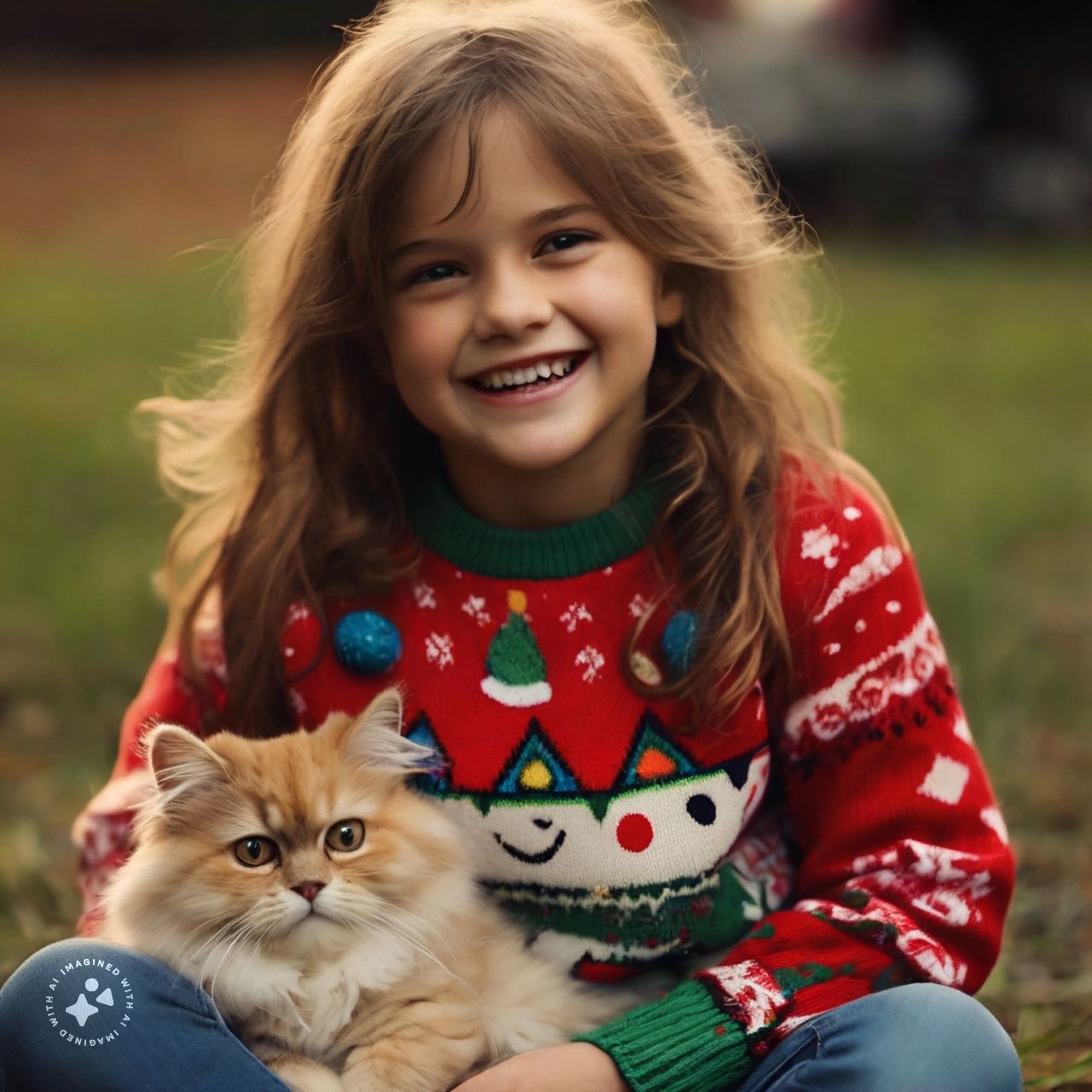
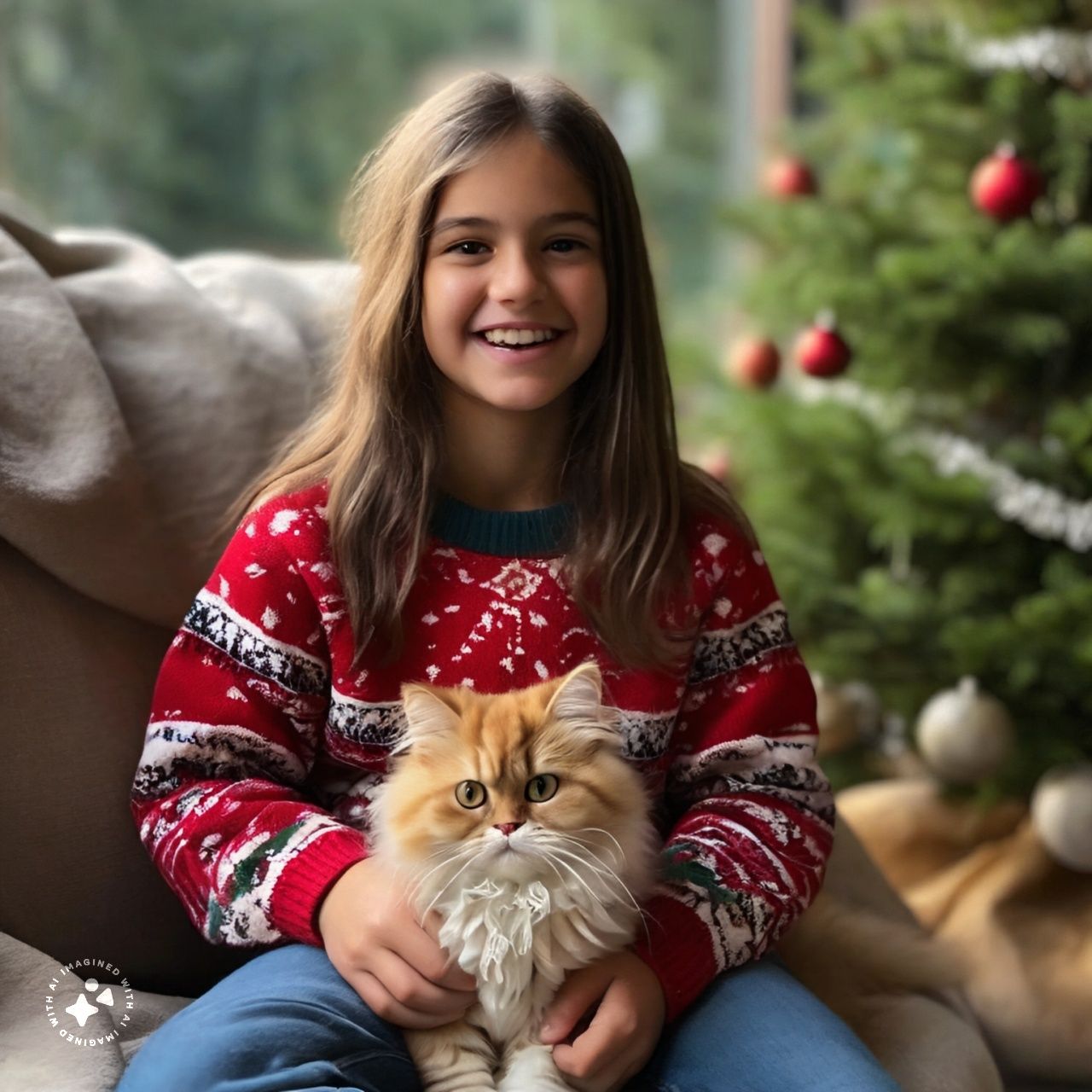
A Caucasian girl smiling wearing a Christmas sweater. In her lap sits a beautiful Persian cat.
No missing fingers or extra digits? Really?! That's quite surprising! If you take a closer look, you can spot some imperfections in the mouth area, but honestly, I was pretty amazed at how well it managed to handle the details. It's impressive to see an AI tool avoid common issues like extra or missing digits in its images as that seems to be a signature error in all AI image generators. I think I got lucky with this batch because I did experience this issue on other generated results.
I'll admit, the images turned out much better than I thought. But here's a little tip that might get you thinking.
The Bad
Image size: At present, the Meta Imagine AI image generator offers images in only one fixed size, with no available options to adjust the size or resolution. This limitation means that users are restricted to the default dimensions provided by the tool.
No granular control: Although the simplicity of Meta Imagine's prompt-based system isn't necessarily a drawback, more experienced users might find themselves wanting greater control over their image outputs. The current setup doesn't allow for adjustments like selecting different models or fine-tuning aspects such as image sharpness. This limitation can be a bit restrictive for those who are looking for a more tailored or specific visual outcome.
Branding and watermarking: Every image you create with Imagine comes with its own little badge of origin. A logo watermark from Meta Imagine. It's a constant reminder that ties your creation back to its source. While this can be a cool way to show off the tool you used, it can also be a bit annoying, especially if you're looking for a cleaner, more personal look in your images.
The Ugly
Censorship: Like many corporate AI image generation tools that are offered for free, including Meta Imagine, there's a significant level of censorship implemented. This aspect can be advantageous, particularly for younger users, ensuring a safe, age-appropriate experience. However, the extent of this censorship can sometimes be surprising, blocking content that might not be immediately obvious as objectionable. This leads to important questions about the boundaries of such restrictions. For instance, I encountered a situation where a seemingly harmless prompt I submitted was unexpectedly rejected, highlighting the need to understand the scope and limits of this censorship.
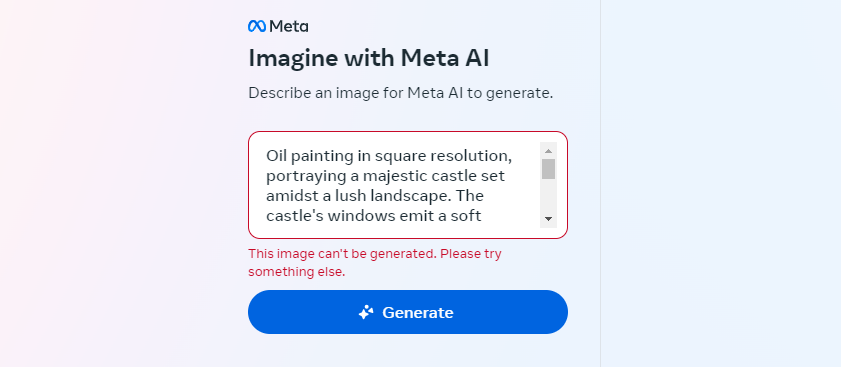
Oil painting in square resolution, portraying a majestic castle set amidst a lush landscape. The castle's windows emit a soft glow, suggesting life and warmth within. Surrounding the castle is a variety of vibrant flowers in full bloom. A beautifully crafted stone bridge spans a serene river, providing a path to the castle's grand entrance.
This is strange because I was able to generate images of Iron Man without issues however when I try to generate images of the actor who played Iron Man, I get a bit "NOPE". This happens with all Marvel characters you generate by the way.
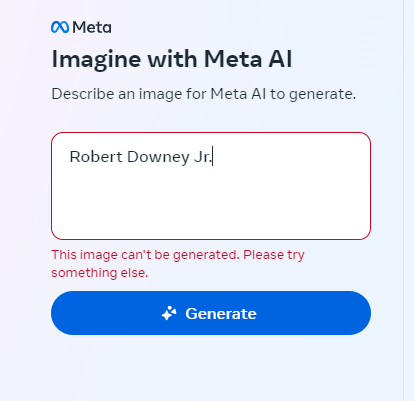
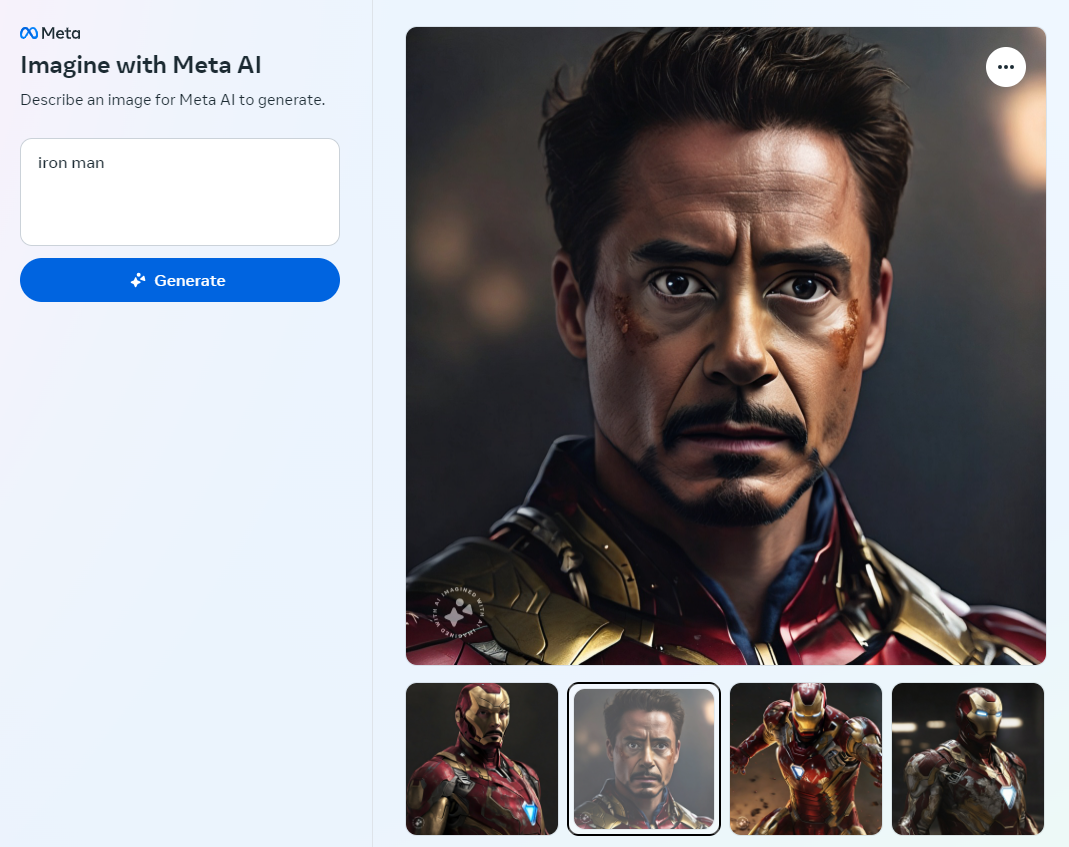
The restrictions imposed by Meta Imagine are quite comprehensive, prohibiting racism, adult content, explicit language, and copyrighted material. However, it's not always clear what triggers the tool's censorship mechanisms. In some cases, content that seems innocuous might be flagged and blocked. This raises questions about the specific criteria and algorithms that Imagine uses to determine what content is considered unacceptable for image generation.
So, does the good outweigh the bad? I think so. While tools like Meta Imagine offer a great starting point for AI image generation, particularly for beginners or those seeking quick results, they do come with limitations, especially in terms of censorship and creative control. For those looking to explore the full potential of AI in image creation, looking into open source options on your personal computer might be the way to go. If you have the hardware, I recommend checking out Fooocus.

